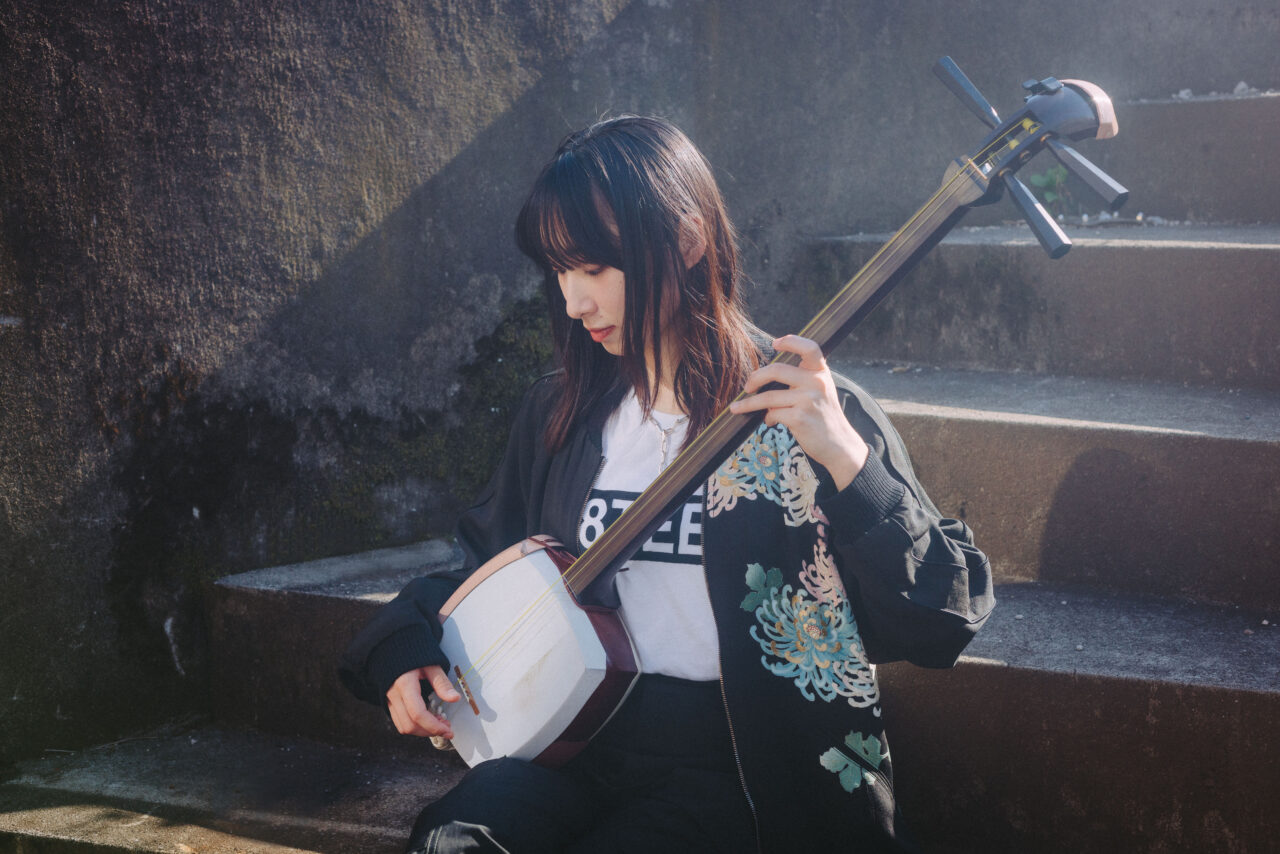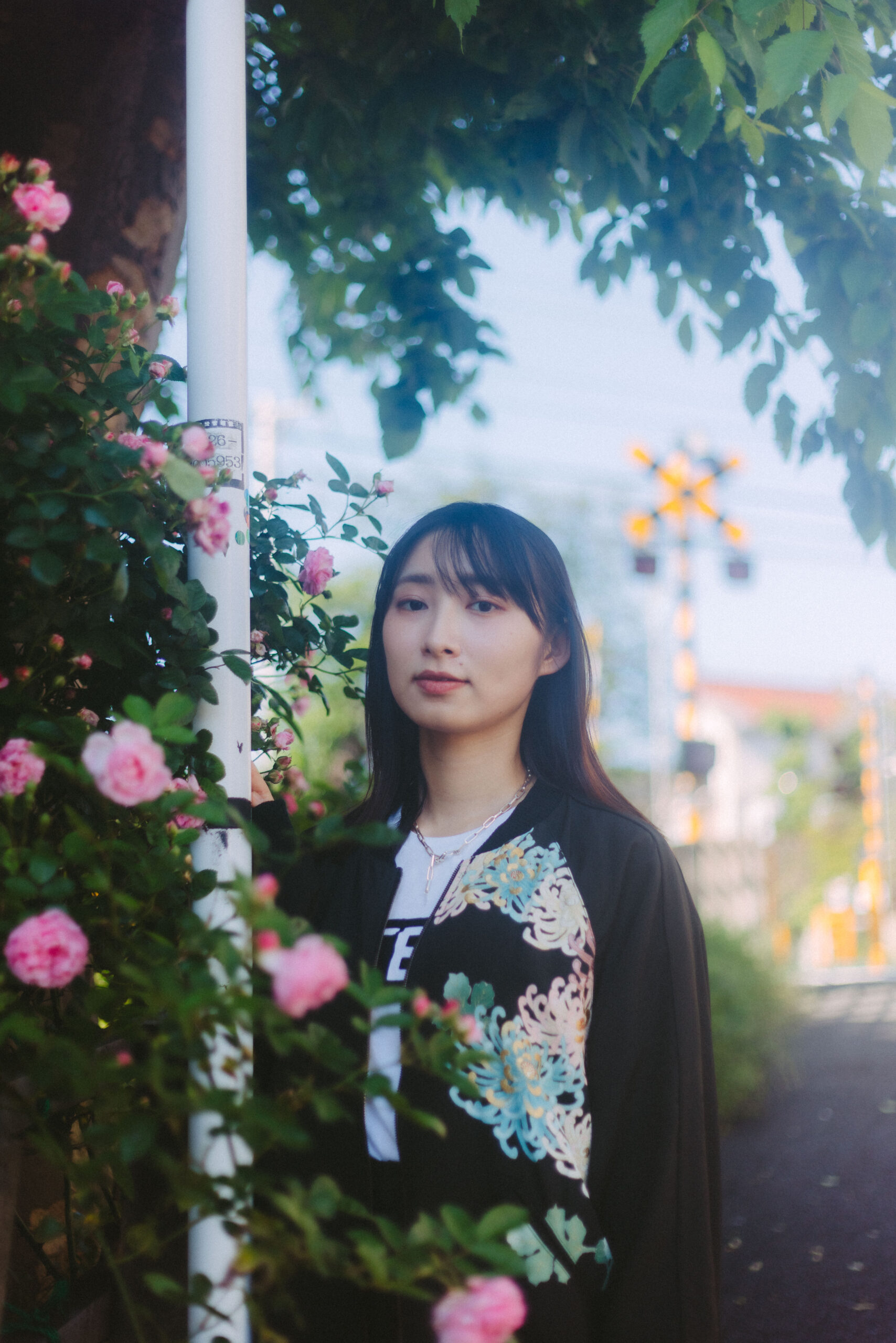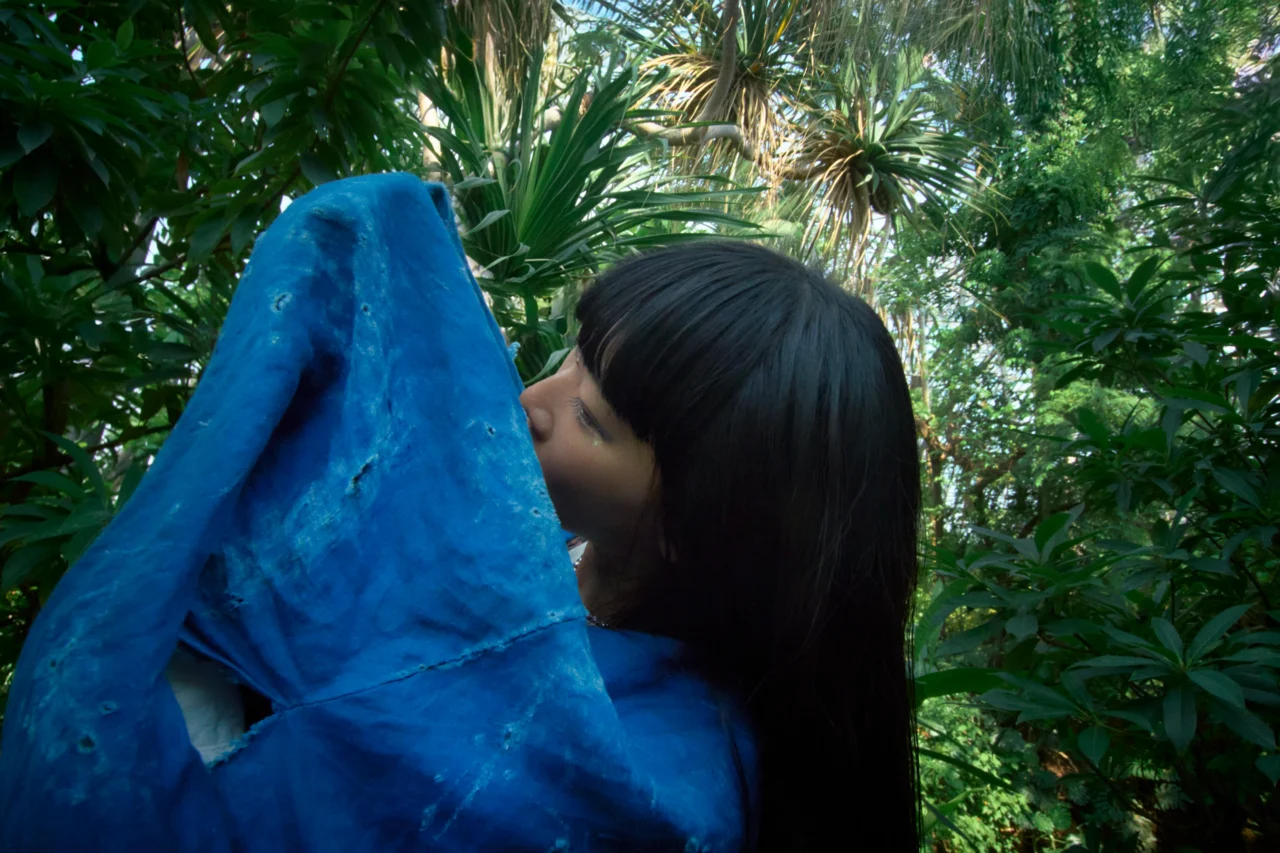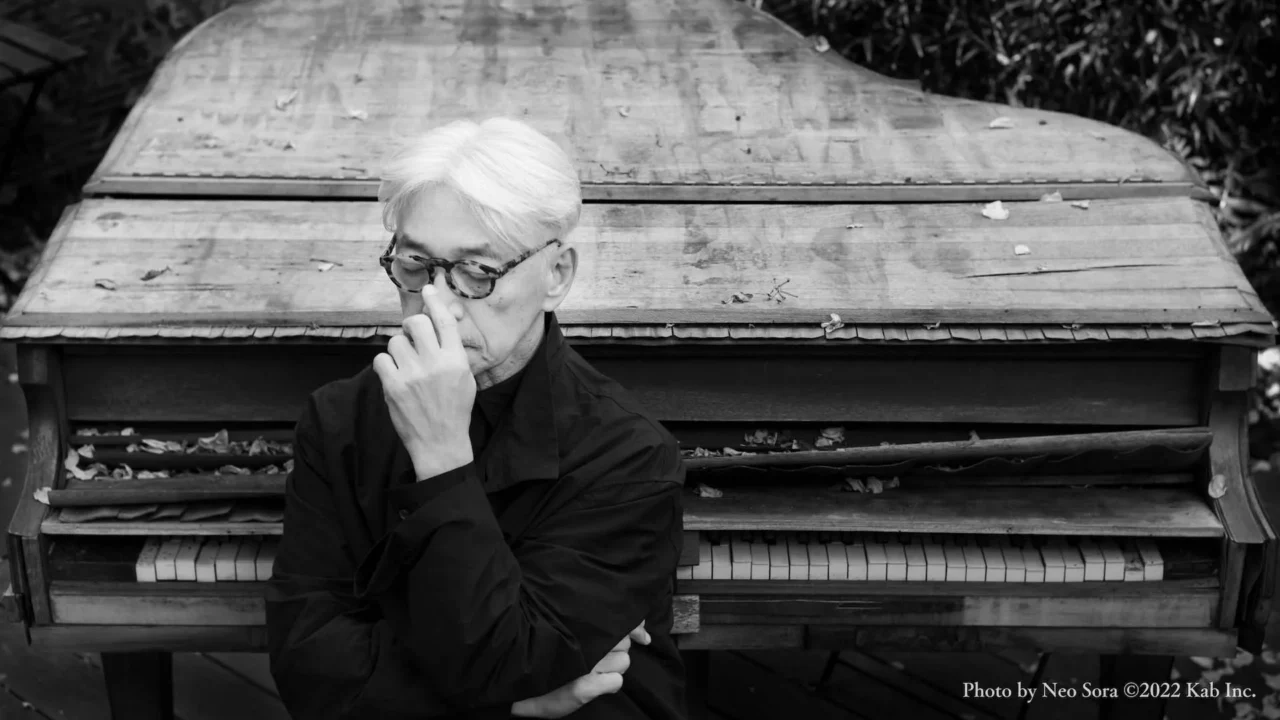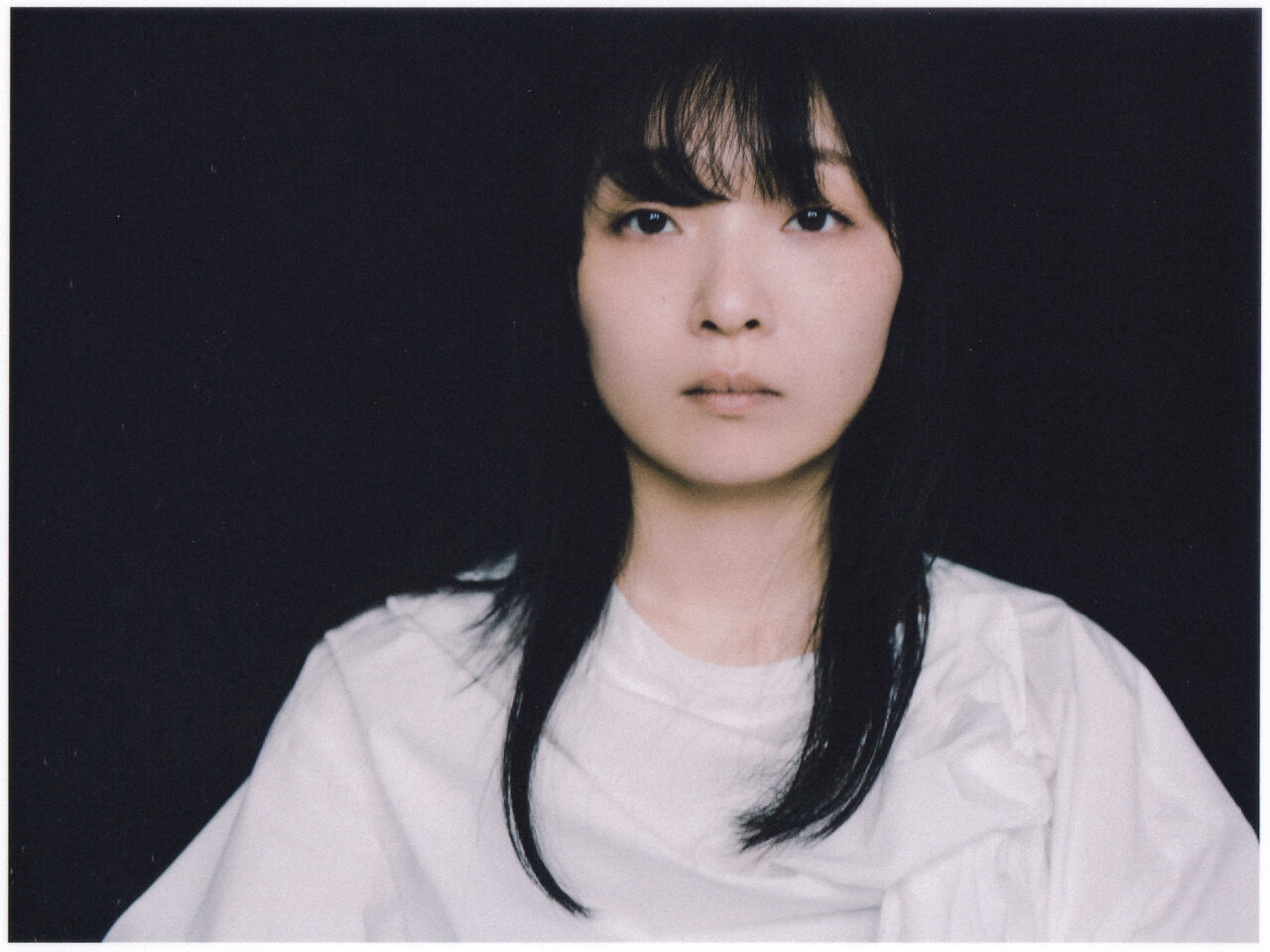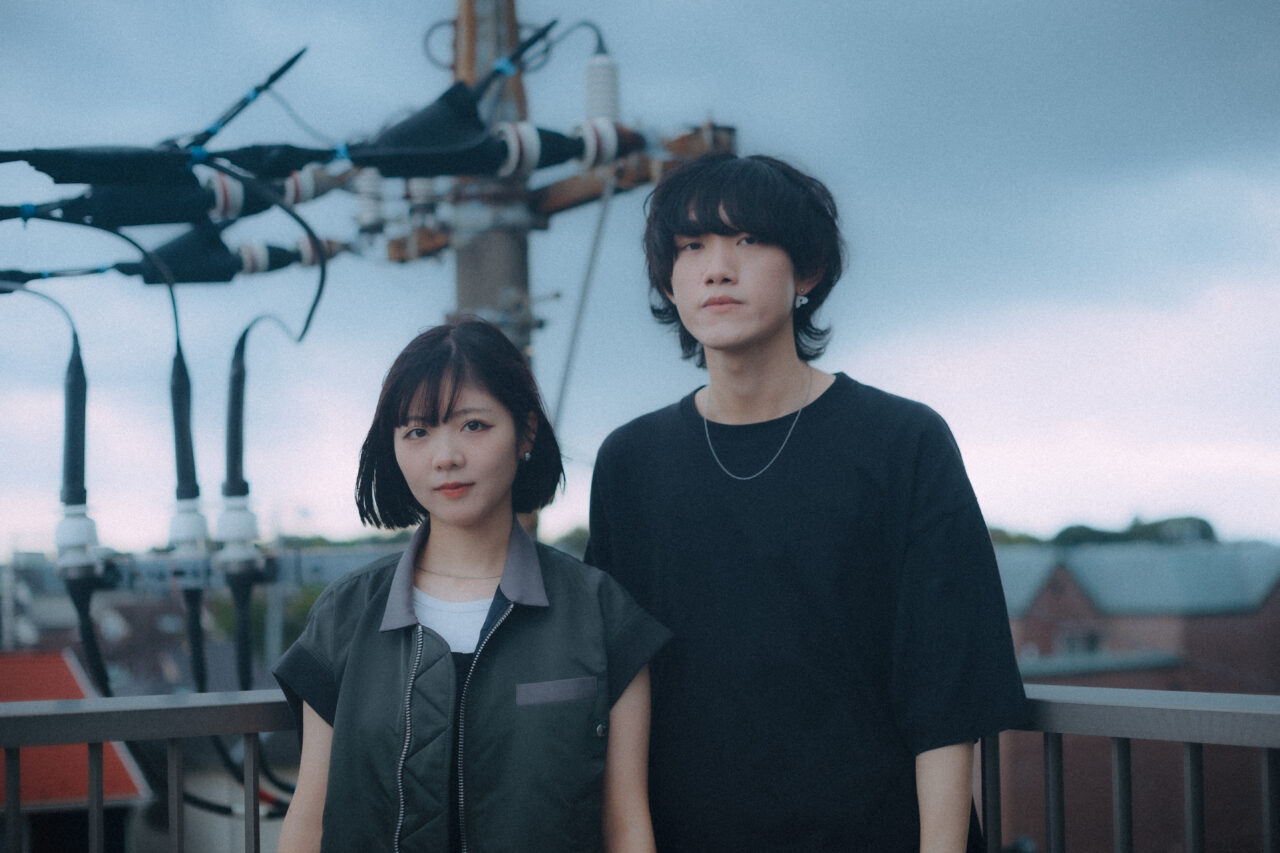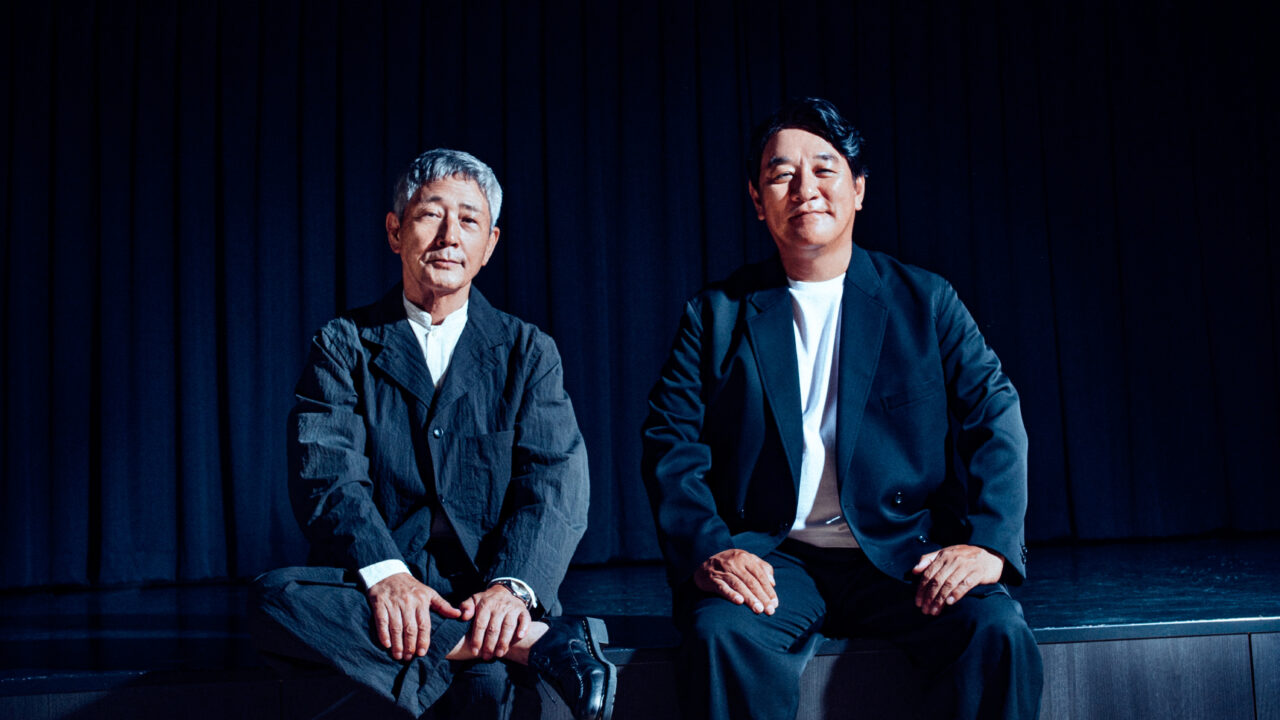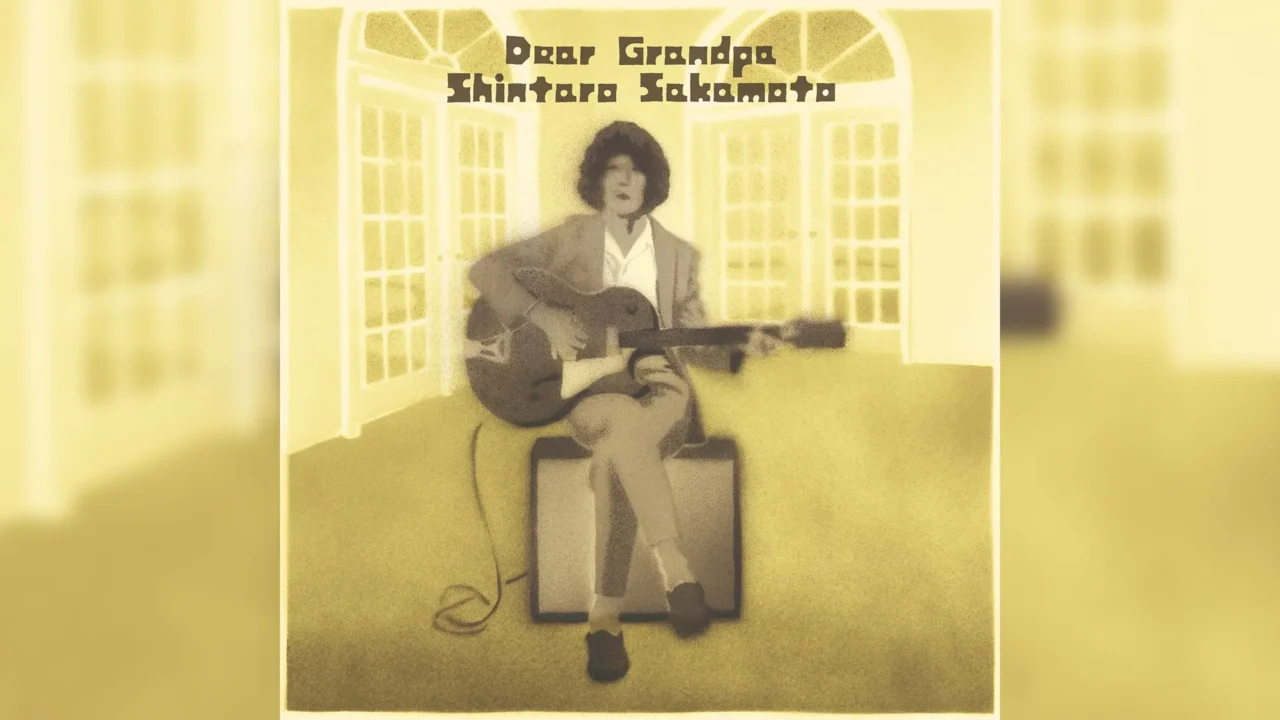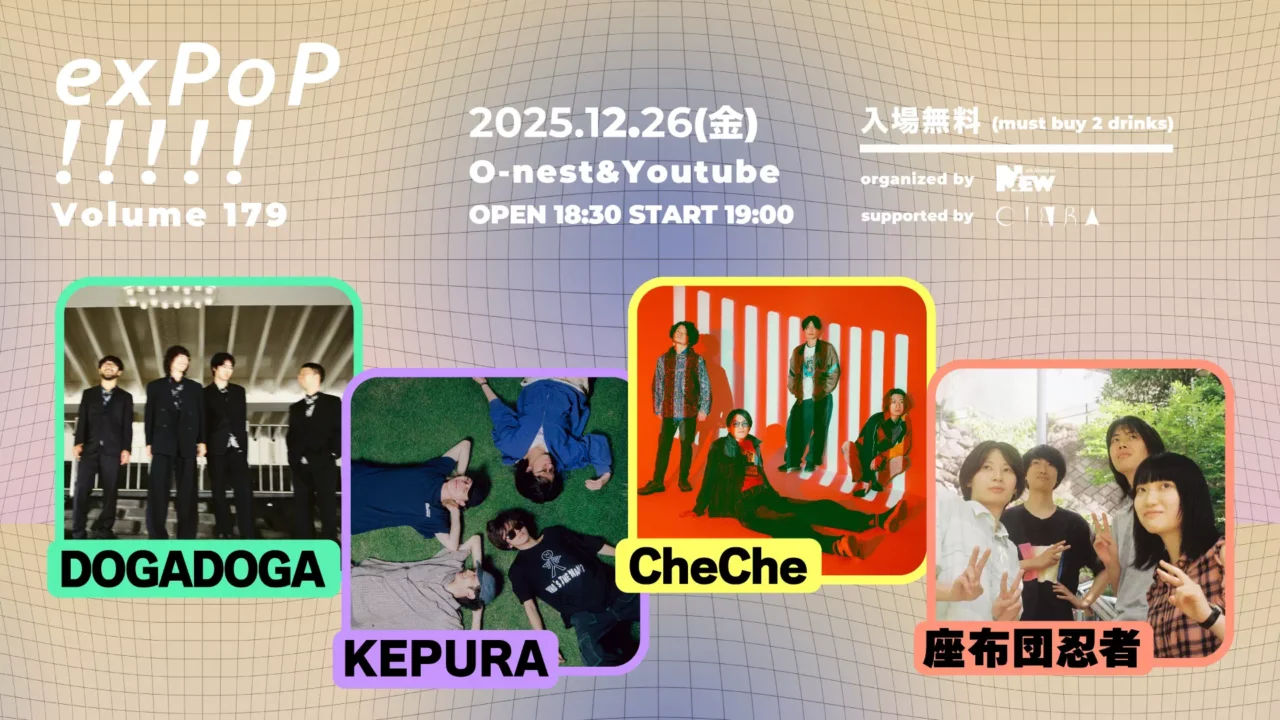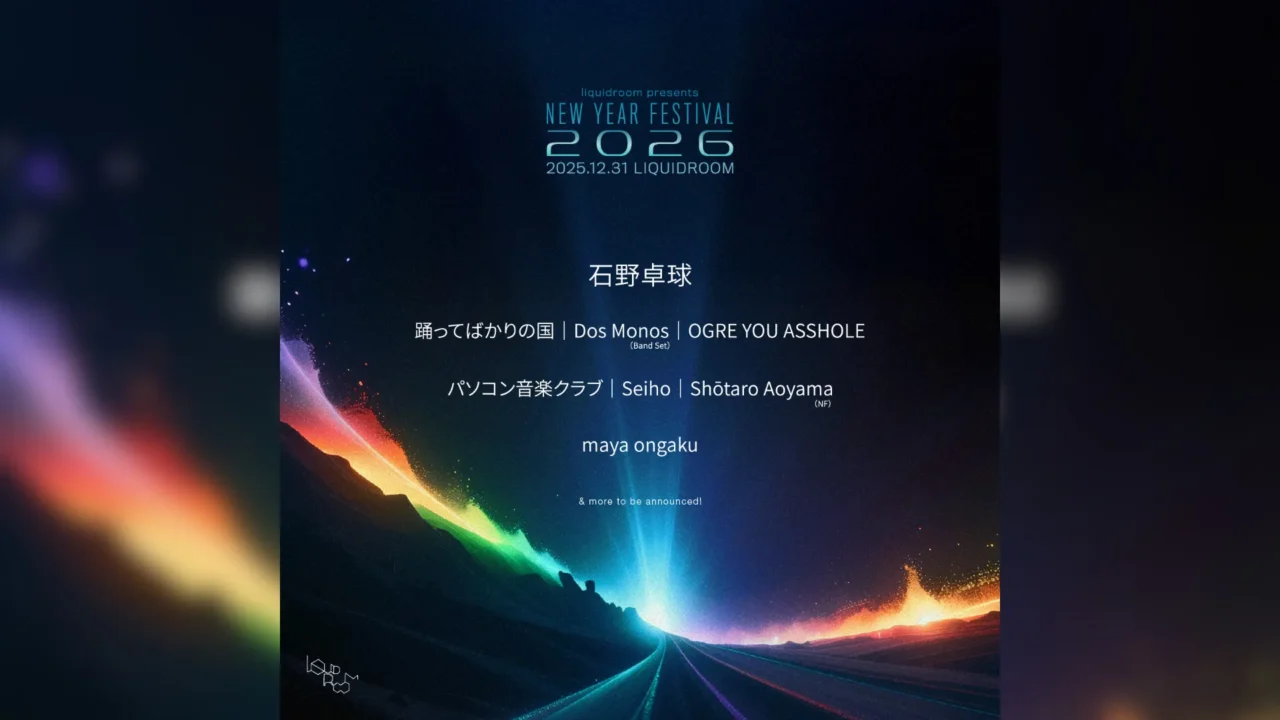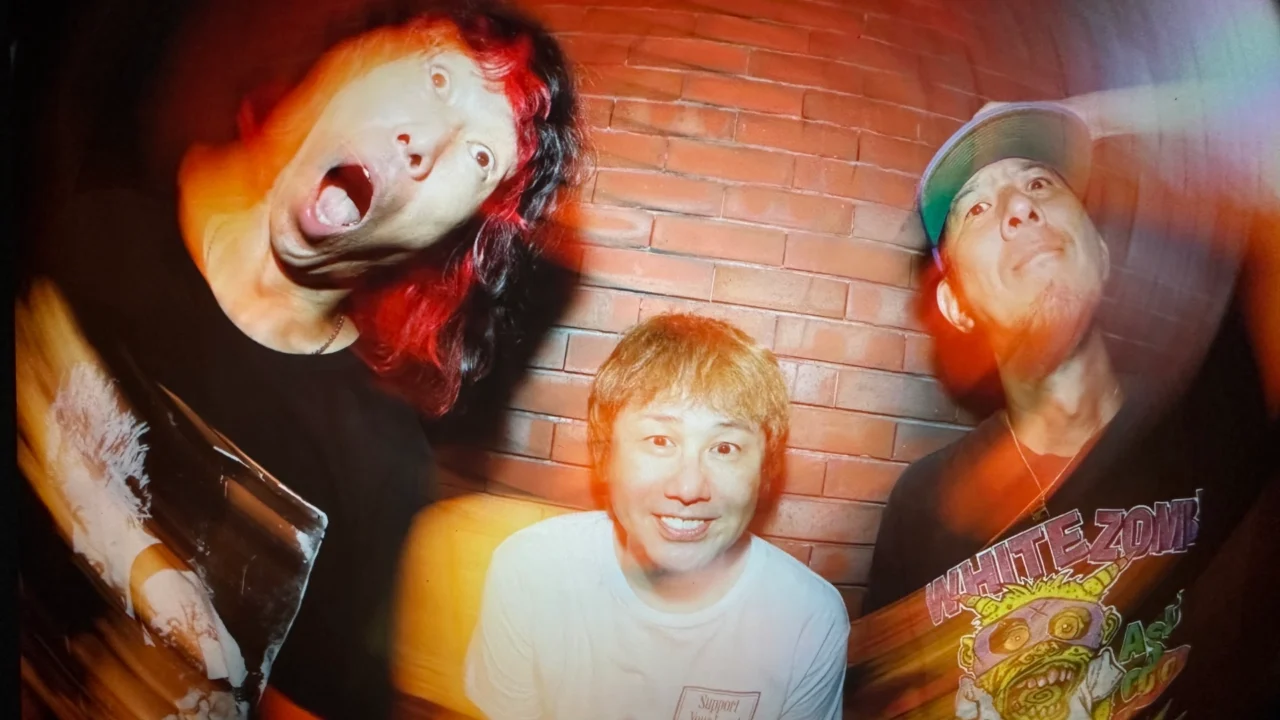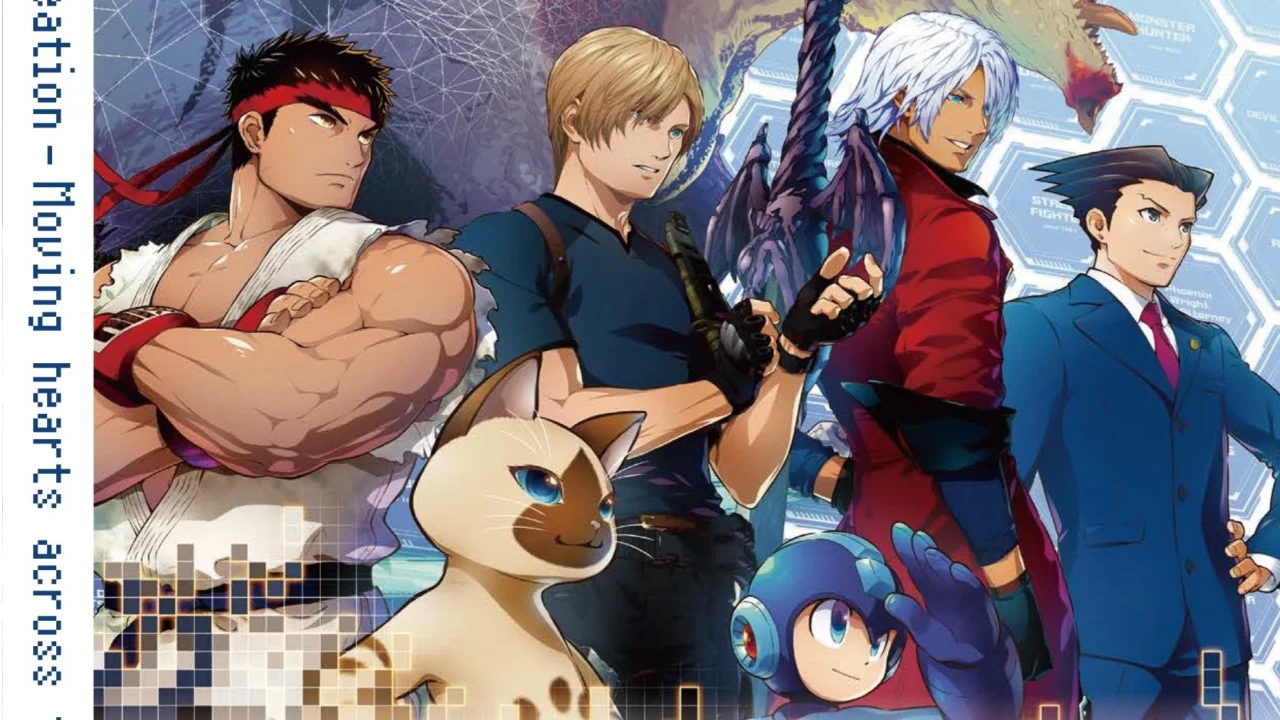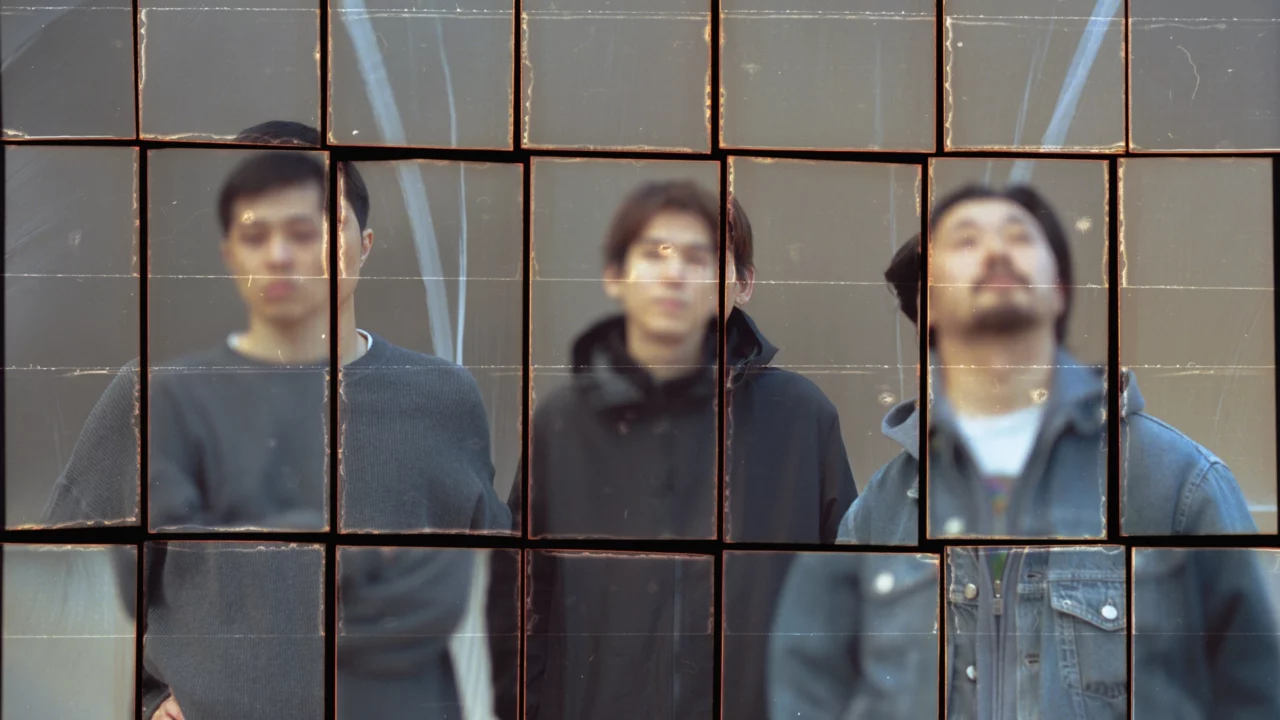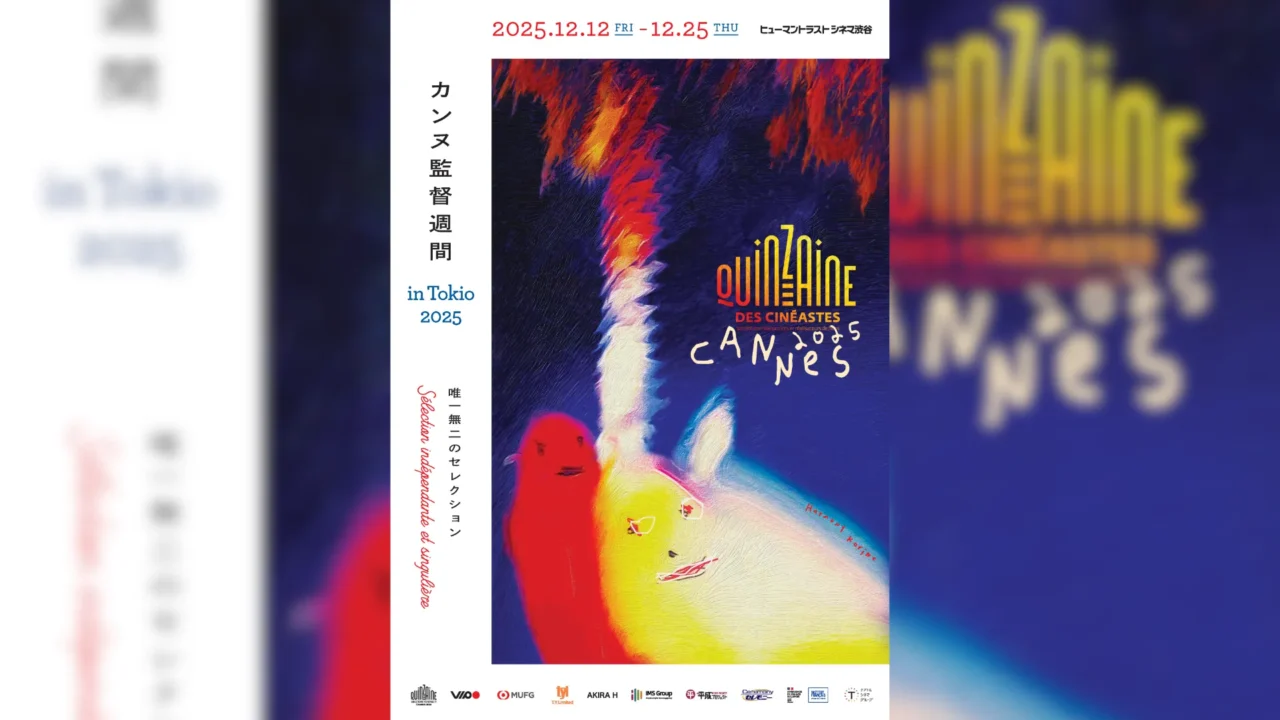When the TV introduced shamisen player Sayo Komada as “the Instagram sensation with around 840,000 followers known for her cover videos” I couldn’t help but think “So even traditional arts have joined the world of short videos.” It felt like a fresh reminder of the age-old lesson that you cannot resist the tide of trends. But just as that thought settled in Komada shared the deeper reason behind her videos using modern platforms as a bridge to carry the ancient shamisen tradition into the future.
What struck me was that her drive was not for fame or likes but a heartfelt mission to preserve culture in a new form. That realization made reaching out for an interview a no-brainer.
With calm confidence Komada admits that shamisen is not mainstream but her passion and dedication to pass it on shines through every word. Alongside her mother and manager she opened up about her early days of blind practice her discovery of the instrument and her bold decision to protect tradition on her own terms beyond the boundaries of custom.
INDEX
Captivated by Ken Shimura’s Shamisen Sound, Practicing Blindly with Pure Passion
You’ve said that Ken Shimura, a beloved Japanese comedian known for his variety show performances, inspired you to start playing the shamisen. What was it about him that drew you in?
Komada: He was really the person who introduced me to the shamisen. What caught my attention first wasn’t the performance itself, but the sound of the shamisen he played. Even as a kid, I remember thinking, “There’s no way just one person is playing this.” The instrument only has three strings, but the sound was so rich and full. When I first heard a recording of the folk song Nanbu Nikata-bushi, I assumed it was an ensemble. That mystery sparked my curiosity — how could one instrument make that kind of sound? That’s what pulled me in and made me want to try playing it myself.
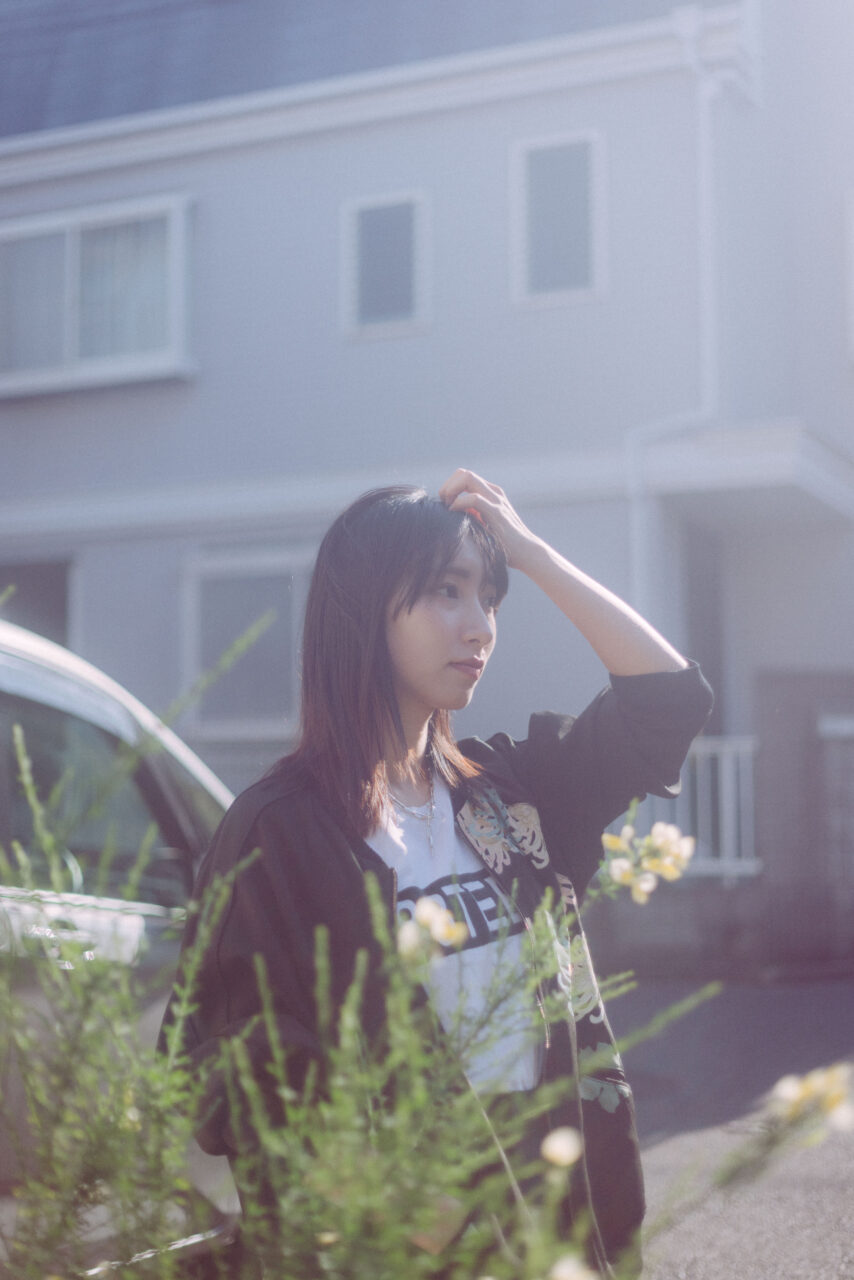
Blending centuries-old tradition with a distinctly modern edge, Sayo Komada is a shamisen player fluent in both the Tsugaru and Nagauta styles. She picked up the Tsugaru shamisen at age seven, began singing traditional folk songs at ten, and by fifteen, had already claimed first prize at the 9th All-Japan Tsugaru Shamisen Competition. In 2022, she graduated from Tokyo University of the Arts with a degree in traditional Japanese music, and in 2023, received the prestigious name Kineya Goshikoma from Kineya Gozaburo IV.
Komada is perhaps best known for her viral Instagram videos, where she reimagines iconic Western guitar riffs on the shamisen—merging the world of traditional Japanese music with global pop culture. In 2024, she released her first album, Tsukimae Renka, and performed in Peru as part of a concert celebrating the 125th anniversary of Japanese immigration, captivating audiences across cultures with her bold, genre-crossing artistry.
What first drew you to the shamisen? Why that instrument in particular?
Komada: It was actually my mother who first suggested it. She’d seen Ken Shimura playing shamisen on TV and recommended I give it a try.
Komada’s mother: Years ago, I happened to watch a New Year’s variety show, where Shimura’s comedy group The Drifters appeared in formal black kimono and played the shamisen. I didn’t know anything about the different shamisen styles like Tsugaru or Nagauta back then — I was just completely struck by the sound and presence of the instrument.
I wanted to try it myself, but back then there was no internet, and it was hard to find any information. I ended up giving up on the idea. Then one day, my daughter said she wanted to start some kind of extracurricular activity, and I said, “How about shamisen?”
So in a way, it all started with something she wanted to do.
Komada: Seems like it [laughs]. I think she was hoping we might be able to learn together eventually, but I ended up getting busier and busier. Now she supports me as my manager instead [laughs].
Earlier you mentioned that there are different styles of shamisen. What made you choose Tsugaru shamisen?
Komada: Honestly, I didn’t even realize there were different kinds. I thought shamisen was just one instrument. The class I joined happened to teach Tsugaru shamisen, so I just threw myself into learning without knowing there were other styles out there. It wasn’t until I was in high school that I found out there are different schools and types of shamisen. When I applied to Tokyo University of the Arts, I learned they only had a program for Nagauta shamisen.
So that means you had to start learning Nagauta shamisen from that point?
Komada: Yes [laughs].
And even so, you were accepted into Tokyo University of the Arts on your first try?
Komada: That’s right. I just told myself, “Okay, I’m learning a whole new instrument now,” and fully committed to it.
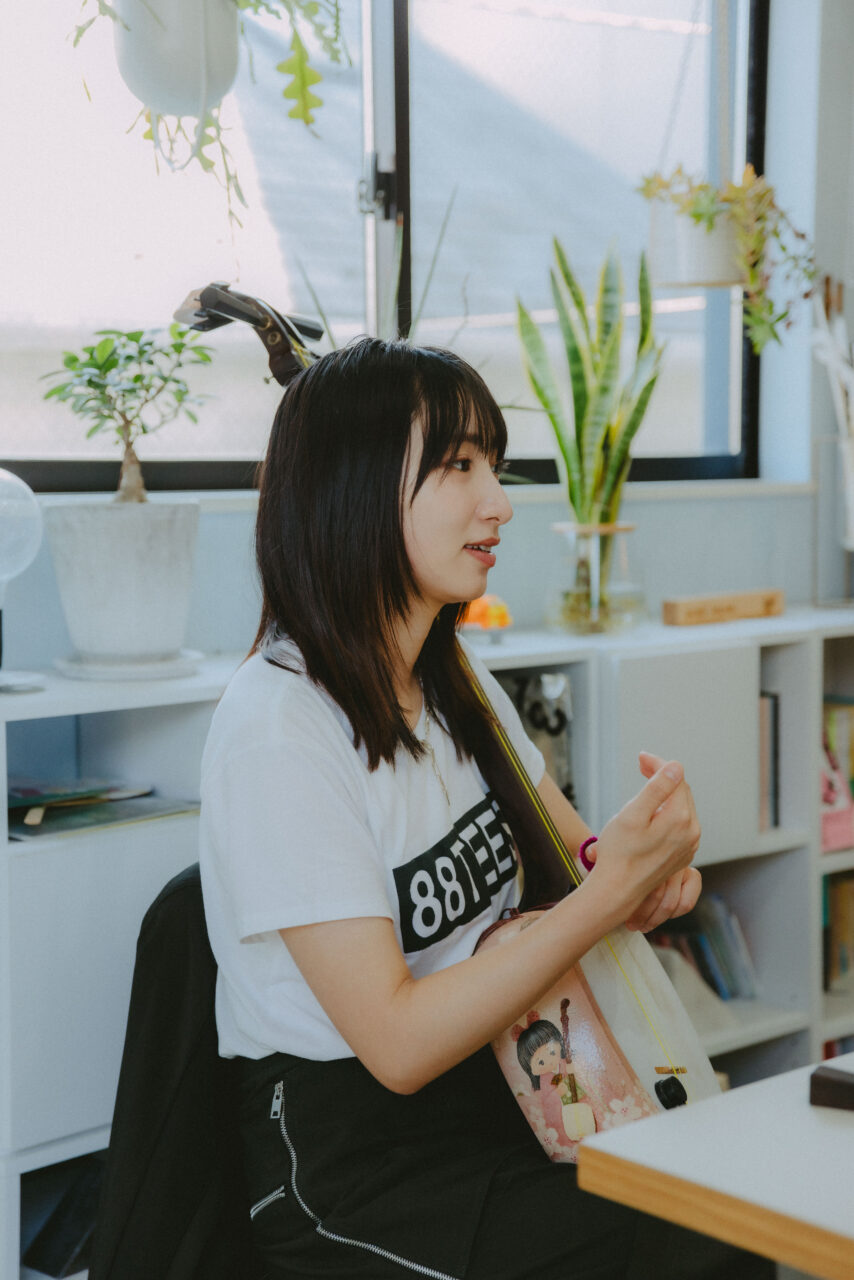
That’s impressive. Just how different are Tsugaru shamisen and Nagauta shamisen?
Komada: They’re completely different instruments, really. The techniques, the sound, even the tools we use—they’re all distinct. For instance, Tsugaru players often use a tortoiseshell bachi, while Nagauta uses one made from ivory. The instruments themselves are built differently, and they even use entirely separate notation systems.
Since shamisen isn’t something most people encounter often, it’s hard to grasp how difficult it is. Is there a technique that’s especially tricky for beginners—like how guitar players struggle with the F chord?
Komada: One of the first hurdles is being able to strike just a single string cleanly. That alone can be hard for beginners. They often miss the mark or accidentally hit a neighboring string. With guitar, you tend to focus on your left-hand fingering, but in shamisen, your right-hand strike is just as critical — if not more so — at the beginning.
So just getting one note right can be tough?
Komada: Absolutely. And once you’ve managed that, the next step is learning techniques like maebachi and ushirobachi. Maebachi involves striking the body of the shamisen near the left hand, while ushirobachi hits the opposite side to create a richer, fuller sound. These techniques bring in a sense of rhythm and pulse — almost like handclaps in folk music. It’s where the groove really begins.
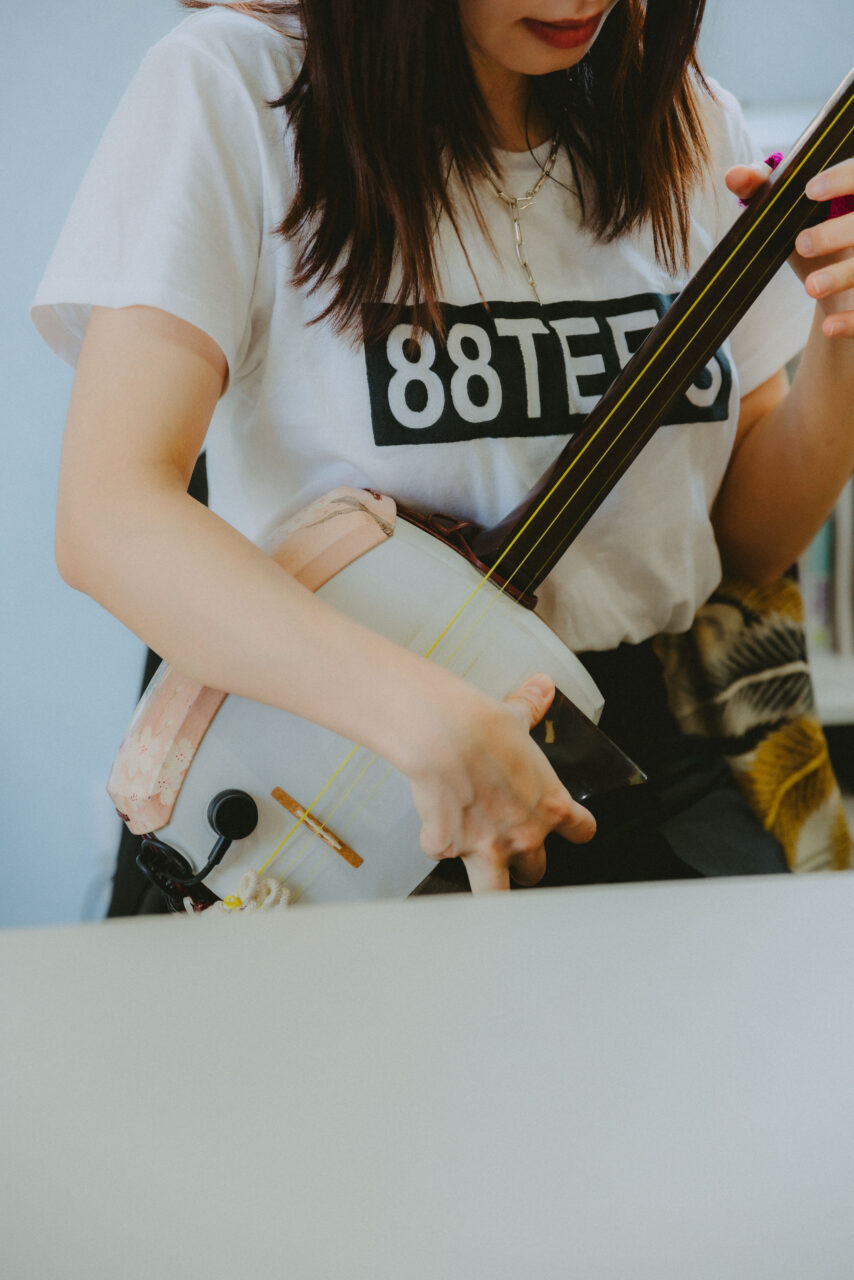
Why are maebachi (front strike) and ushirobachi (back strike) so challenging?
Komada: It is not enough to just monotonously tap back and forth; there are times when it goes forward and times when it doesn’t, but it is something you learn by feel. There is no regularity. It seems the more experienced you are with an instrument like guitar or trumpet, the harder it is to get that feeling. I can explain it to you, but there are many exceptions, so you really have to get used to it.
INDEX
A Teenage Devotion to Shamisen, Shadowed by Self-Doubt
Let’s go back to your early years for a moment. You won first place in the A-Class Women’s Division at the Tsugaru Shamisen National Competition as a high school junior, and later got into Tokyo University of the Arts on your first try. It seems like what began as a passionate hobby became something much more serious. But were there moments when you felt stuck or thought about quitting?
Komada: Growing up in Mie, there weren’t many people around me playing the shamisen, especially no one my age. Even when I went to national competitions, where everyone was playing shamisen, it didn’t feel like a community. It was more competitive than friendly. The backstage atmosphere was always tense, and I didn’t really have any friends I could call shamisen peers. With only one big competition a year, staying motivated was hard. Looking back, I think frustration was what kept me going most of the time.
What really kept me grounded, though, was performing. I started doing that when I was seven, mainly at local senior homes. When people said things like “That was lovely” or “You’re really good,” I felt so encouraged. I’d think, Next time they invite me back, I want to play something new. That feeling gave me something to work toward.
It sounds like your relationship with the shamisen could be isolating at times. And when you’re a kid, there’s often a desire to share your interests with friends—whether it’s through trending anime characters or the music you like. But what you were doing wasn’t easy to connect with socially. Did that ever bother you?
Komada: Definitely. Now that I’m older, I’ve come to feel proud of what I do—like I’ve found something uniquely mine. But back then, I felt self-conscious a lot. Everyone around me was playing piano or violin—more popular, Western instruments—and here I was with this old, traditional Japanese instrument. I had a bit of a complex about it. I sometimes thought playing a sport would’ve been cooler or easier to relate to. I didn’t expect people to understand, so I gave up on the idea of sharing that part of myself with my friends.

It sounds like those feelings might have been contradictory—did your sense of insecurity coexist with your love for the shamisen?
Komada: Absolutely, they coexisted. When I realized that others just wouldn’t understand, I thought, “I don’t need to force anyone to get it,” and I naturally accepted that. I wasn’t hiding my shamisen playing, but I also didn’t bring it up at school myself.
You know how schools have those weird moments during assemblies where they call up students who’ve won awards? I really hated that. In clubs, people usually get recognized, but shamisen wasn’t treated that way, so I never reported my achievements. The school wouldn’t do anything unless I said something, and that actually felt right for me. So I kept shamisen completely private, separate from my school life.
When did your mindset shift, and you started seeing shamisen not just as a private passion but as a career?
Komada: I always loved playing, but at first, I was aiming for a more practical career like nursing or nutrition. When I was in my second year of high school and had to decide seriously on my future, I picked schools focused on those fields and submitted my preferences. But during my parent-teacher meeting, a teacher said, “You’ve won first place in Japan for shamisen—are you sure you want to give that up?”
That really stuck with me. The phrase “University is where you study what you truly want to do” hit home. I started wondering if maybe I was headed in the wrong direction.
I’m competitive by nature, so from then on, I decided without hesitation that if I was going to pursue it, I wanted to aim for the very best. Even though I knew little about it, I set my sights on Tokyo University of the Arts. Looking back, if I hadn’t passed the entrance exam on my first try, I might have stopped playing shamisen altogether. After I got in, I had no doubts and began thinking seriously about becoming a professional.
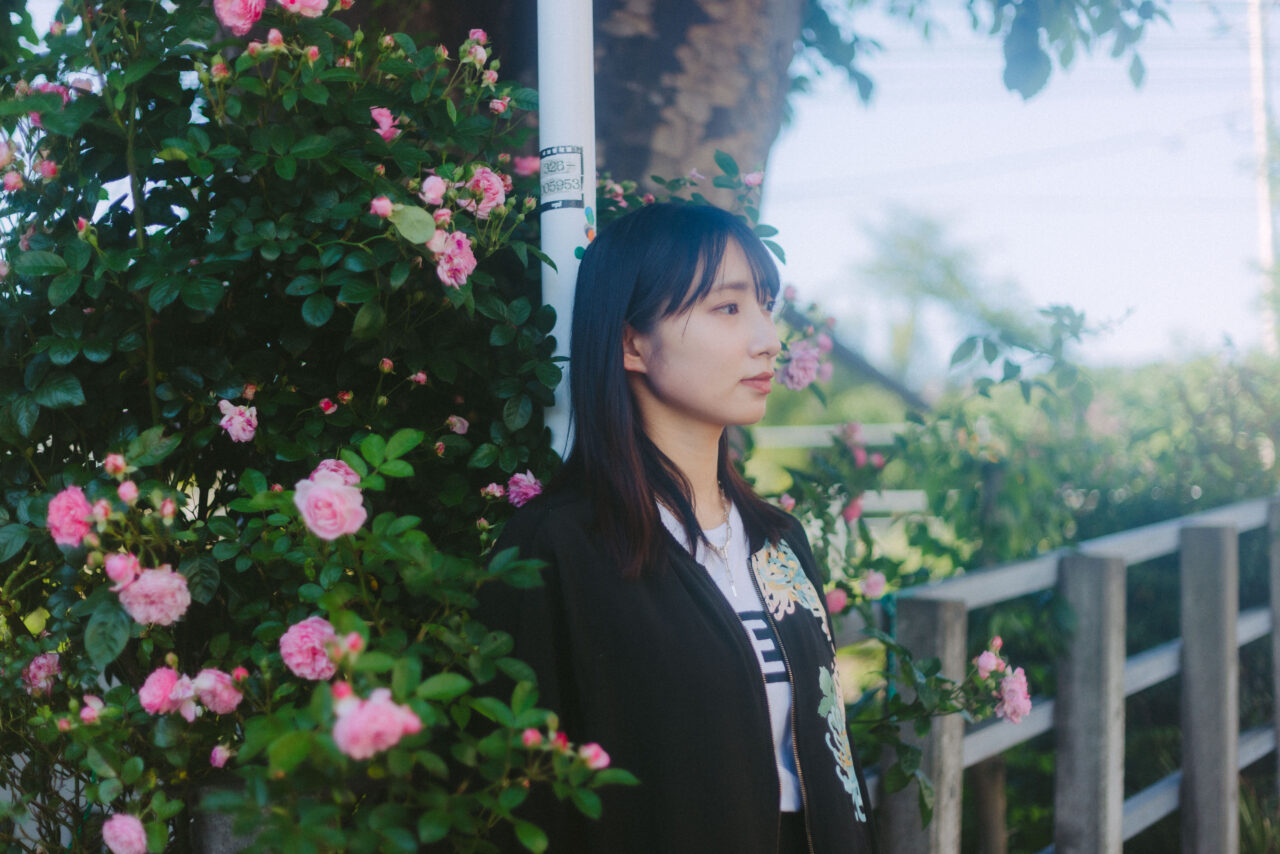
Komada’s mother: There were very few people around us in the same situation, and information about the entrance exams was limited. In a way, I think it was because we didn’t know much that she was able to do it. If we had understood how difficult it was, she might have been intimidated—but maybe it was better that she just tried without overthinking it.
INDEX
Beyond the Form: How Sayo Komada Innovates the Shamisen
You often post videos covering Western guitar riffs on the shamisen. What kind of music do you usually listen to?
Komada: It depends. Sometimes I listen to folk songs I’m preparing to perform at concerts, and other times I play Western guitar riffs to get ready for my next video. I listen to Mrs. GREEN APPLE a lot—their complex song arrangements really influence my own music-making. Sometimes when I’m on the train, my shuffle playlist will suddenly switch from a folk song to Red Hot Chili Peppers, which I’ve covered too, so it always surprises me [laughs]. Maybe even the algorithm is confused!
Your 2024 album Tsukimae Koiuta showcased a wide range of sounds, from electronic elements to Celtic-inspired tracks. Even for someone unfamiliar with the shamisen, it felt easy to enjoy. How did you approach the songwriting and production?
Komada: I worked closely with guitarist Yukihiro Atsumi, and we started by exploring what kinds of sounds we wanted to bring in. I’ve always loved Celtic music, so we included fiddle parts. Interestingly, fiddle and violin are actually the same instrument, but in classical music, it’s called a “violin” because it’s considered more refined. The fiddle, however, has roots in folk music, played in lively taverns with people clapping and dancing—music that’s very much connected to everyday life. I’m drawn to music that grows naturally from daily experiences. Maybe that’s why Celtic influences felt right. I prefer music that’s approachable and life-connected, something everyone can enjoy, rather than something overly formal or “highbrow.”
Komada: Tracing its roots, the shamisen was brought from China via the Silk Road, and Celtic fiddle music was also “foreign music” from the West. The shamisen, now considered a “traditional instrument,” was originally part of everyday folk music. I think there’s a connection there.
So that was your intention. Nowadays, it’s common for rock bands to incorporate genres outside of rock, but I think people tend to expect a shamisen player’s album to be filled with shamisen sounds. Your album reminded me that anything goes.
Komada: I believe it’s not good to be too rigid. When you’re first learning, following the rules is important. But once you’ve mastered the basics, how you develop and expand is what really matters. Staying stuck in the traditional form might be fine for a shamisen player, but as an artist, that can be limiting.
That’s why I’m always exploring how to make the most of the shamisen by collaborating with musicians from various genres and experimenting with different sounds. Sometimes the unique techniques of Tsugaru shamisen don’t fit certain songs. I don’t get caught up in the “correct way to play Tsugaru shamisen” but focus on how to bring out the best sound from the instrument and why I’m using it in the first place.
